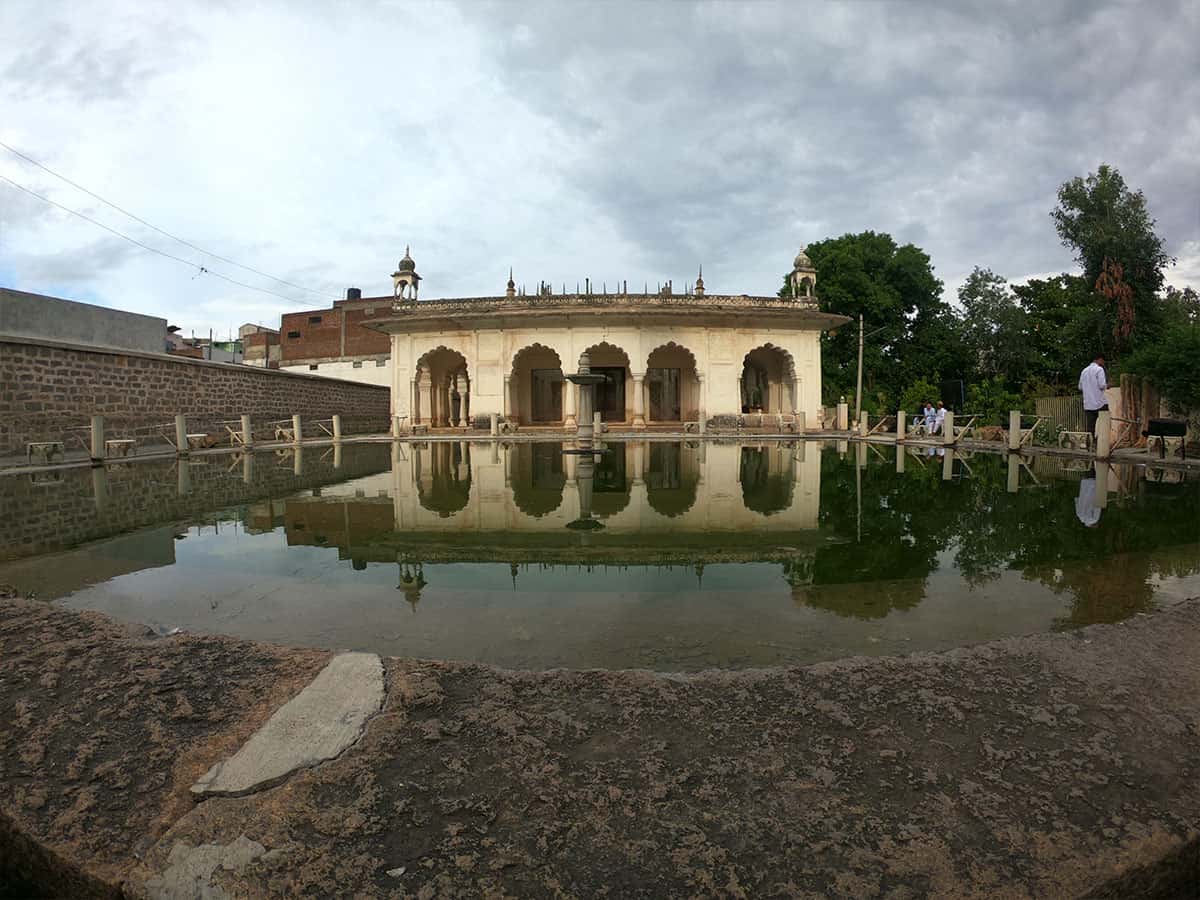
Over the last few years, interest in Hyderabadi history, culture, and heritage has undergone a renaissance. Enabled in no small measure by mainstream papers going online and the pervasiveness of social media. The siasat.com records a staggering million hits a day; a single popular article can attract up to 80,000 readers. Hyderabad Pearls and Paigahs of the Deccan, Facebook groups dedicated to Hyderabadi History now boast between thirteen to fourteen thousand members each. Charminar Connection, a newsletter for Hyderabadis based in the United States, publishes new editions three times a week.
A scroll through posts on the above Facebook groups reveals profiles of luminaries from the past, fabulous photographs of noblemen’s palaces, tales of illustrious ancestors and recipes galore. Group members range in age from college students to those who remember the events of Police Action through the prism of their childhood memories. The siasat.com free-lance writers comprise professors, physicians, diplomats, and novelists. Housewives have taken to blogging, subsidiary sites have taken to plagiarizing, and ‘Bhagmati’ has become the subject of a national debate.
I had a long conversation with Salma Ahmed Farooqui, Professor of Deccan Studies at the Maulana Azad National Urdu University, about the reasons behind this resurgence. In her opinion, the abundance of information on the internet had played a tremendous role. While writing articles, she must keep in mind that her readership now extends beyond students and fellow academics. She emphasized scholars have romanticized the reign of the Delhi Emperors while the eras of the Deccan Sultanates have been replete with drama galore. Over the centuries, any foray into the Deccan proved unlucky for the occupant of the throne in Delhi. Muhammed Bin Tughlaq moved his capital from Delhi to the Daulatabad to disastrous consequences. Mughal Emperors sent their errant sons to the Deccan as a punishment. Shahjehan’s beloved Mumtaz Mahal died in Burhanpur Fort. Driven by greed for the diamonds and mounds of jewels that lay with its walls, Aurangzeb camped with the Imperial Army outside Golconda Fort for eight months. His soldiers died of starvation and disease. Had it not been for a treacherous General, the Emperor would have returned to Delhi defeated.
Aurangzeb’s obsession with the Deccan weakened his empire in the North. After his death, his descendants lost control of it altogether. But the Deccan flourished under the Asaf Jahi rulers. They continued to practice the religious tolerance practiced by their predecessors the Qutb Shahis. Sultan Muhammad Quli Qutb Shah composed poems in Telugu. Legend has it that a Brahmin predicted that a young farmhand named Hasan would one day become a king—giving rise to the name ‘Bahmani Sultanate’. A more well-known prophecy is of course the mendicant with the seven loaves who predicted the Asaf Jahi dynasty’s reversal of fortune.
Farooqui has taught Deccan History for over two decades. She believes it her societal responsibility to share her knowledge with as many people as possible. Some of Hyderabad’s most prominent citizens are doing their utmost to contribute to Hyderabad’s heritage. Architect Asif Ali Khan has documented the architectural features of Hyderabad’s lesser-known buildings in a series of wonderful photographic essays. He hopes to raise awareness amongst Hyderabad’s citizens before the structures crumble.
Hyderabad Heritage Trust, a volunteer organization founded and run by Deepak Gir works tirelessly to preserve the same. It fought for and succeeded in the reinstatement of a HMDA government order which protects 137 heritage buildings such as Erramanzil and Osmania General Hospital. In September 2019, the trust organized a clean-up drive of the Hill Fort Palace. Members rolled up their sleeves and filled sacks with detritus. Soon after the Hillfort cleanup, the Trust conducted a similar exercise around Golconda’s Fateh Darwaza.
Speaking for myself, every article, snippet and photograph I’ve come upon has been an eye-opener and a wonderful insight into Hyderabad’s past. The pandemic has played havoc with all our lives in some manner or the other. Confronted with a bleak present and a nebulous future, the past appears increasingly glorious and a sanctuary for us to turn to. On a more cheerful note, I am attending a virtual session on Hyderabadi cookery this evening. Ralph Fiennes: British actor of Voldemort fame is supposedly a great fan of one of the chef’s dishes. Perhaps someone should make him an honorary member of one of our groups?
Zeenath Khan is based in Mumbai. She writes columns and blogs and is in the process of writing a book on Hyderabad.

